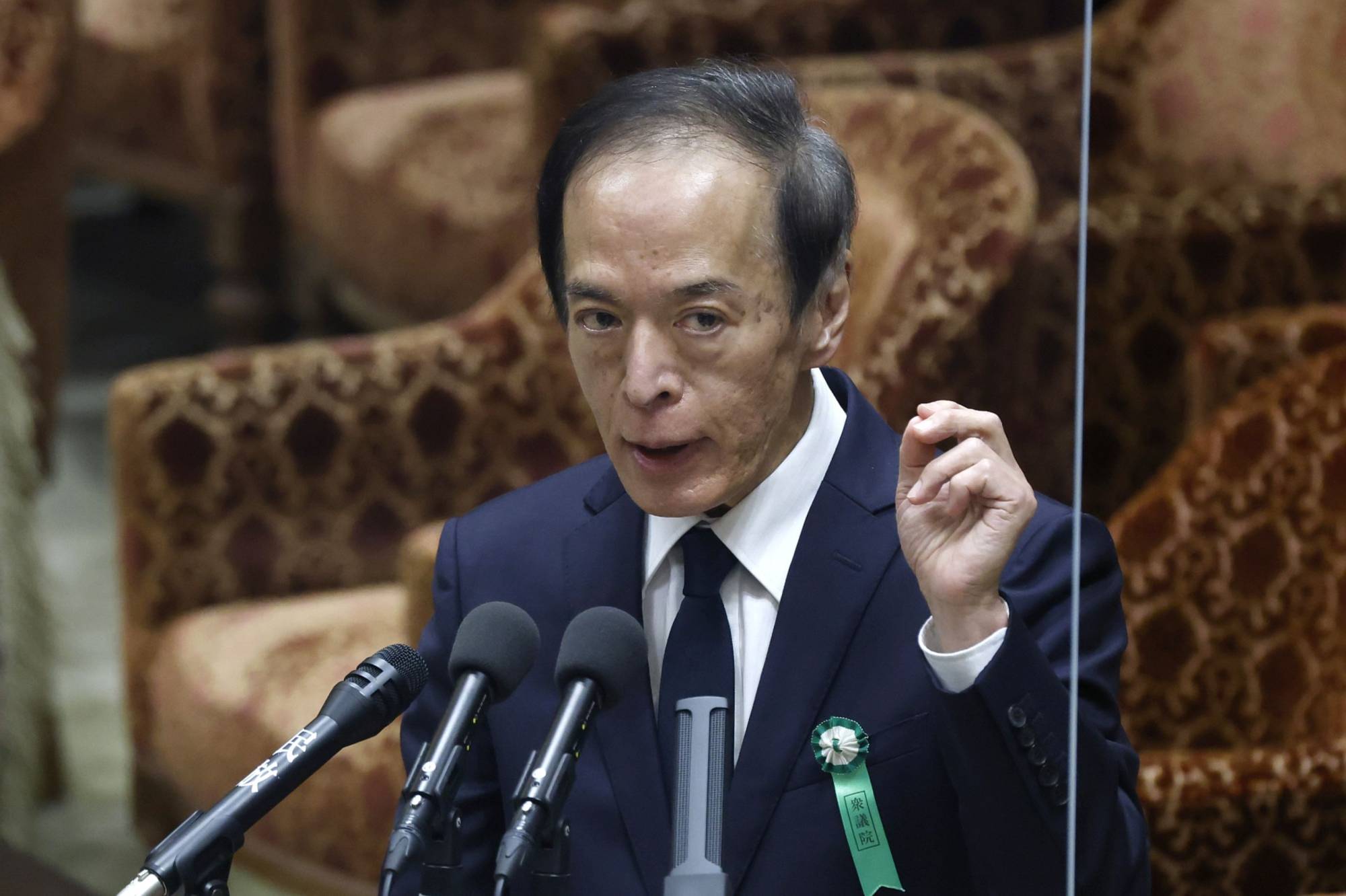The Bank of Japan is seeing its first leadership change in a decade, with new Gov. Kazuo Ueda officially taking the helm this weekend.
But there will be little time to celebrate for Ueda, an academic, author and former BOJ board member who will be under the microscope as he leads the central bank through a crucial period.
Indeed, Ueda will have to navigate the unfinished work of his predecessor, Haruhiko Kuroda, whose second five-year term ended Saturday, to mitigate the side effects of a decadelong monetary stimulus program, while contending with the chaos stemming from U.S. and European banking woes that have ruffled Asian markets.



















With your current subscription plan you can comment on stories. However, before writing your first comment, please create a display name in the Profile section of your subscriber account page.